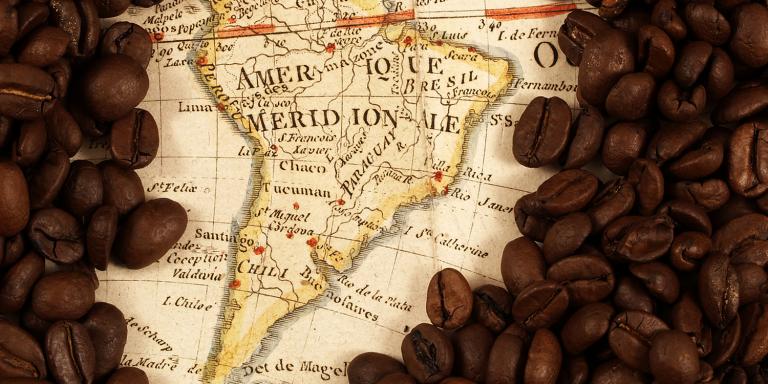When I was a teenager, my grandmother would take me to the neighborhood Mennonite store in Ontario where I’d purchase worry dolls and change purses from Guatemala to give to my friends.
Although I knew I was somehow benefiting artisans 2,000 miles away, I soon ran out of gifts to purchase through alternative trade.
More than 30 years and thousands of products later, the labeling, marketing, and advocacy initiative known as fair trade has spawned a niche market that is enjoying astounding global growth.
How Did Fair Trade Start?
When coffee prices plummeted in the 1980s, a priest who was exporting Mexican coffee to the Netherlands wanted to do something about it. He believed that labeling products that respected fair trade conditions would help them stand out in the global market. He called this effort Max Havelaar, after a character in a 1860s novel who opposed the exploitation of coffee plantation workers in the Dutch colonies.
Not only did labeling allow the mainstream coffee industry to buy into fair trade practices, it also gave consumers their first taste of an agricultural product under the fair trade label. Customers could now purchase fair trade coffee in conventional establishments, like supermarkets or coffee shops. Today, Fair Trade Certified coffee is the fastest-growing segment of the U.S. specialty coffee industry.
Investing in Change
An international fair-trade-certified labeling system later emerged, as well as TransFair USA—an independent, third-party certifier of fair trade products in this country.
While fair trade products now include everything from cotton shirts to vanilla extract, the principles remain the same: Ensure that farmers in developing countries are guaranteed a minimum price for their harvest, and workers enjoy a safe working environment without forced child labor, harmful agrochemicals, and GMOs. Workers must earn a living wage that will cover their living expenses. Farmers are also paid an additional “social premium” to invest in their community for such improvements as schools or wells.
What is The Point of Fair Trade?
While critics of fair trade say that it isn’t the answer to the fluctuating world market and that it accounts for less than one percent of world trade, they may be missing the point: Empowering farmers to step out of poverty and invest in their communities can’t be measured in profit margins.
Thoughtful consumers are willing to pay more for ethically produced goods. And it seems that these days, they can have their espresso and vanilla cake and feel good about eating them too.

